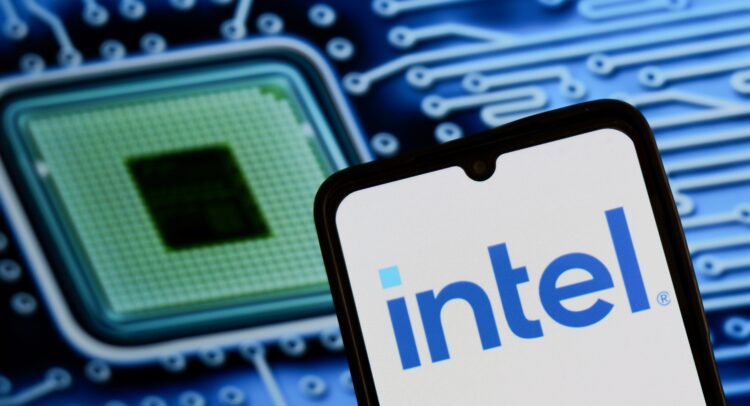It was just two days ago when word emerged that chip stock Intel (INTC) was set to close down its automotive division, which was to be the latest in a string of closures, and cost-cutting measures, being undertaken at the badly-beleaguered chip maker. A new look at why Intel pulled the trigger on shutting down, meanwhile, offers some more insight into the ongoing situation. Investors seemed happy enough with the rationale—whatever it turned out to be—and Intel shares were up fractionally in Thursday afternoon’s trading.
Don’t Miss TipRanks’ Half-Year Sale
- Take advantage of TipRanks Premium at 50% off! Unlock powerful investing tools, advanced data, and expert analyst insights to help you invest with confidence.
- Make smarter investment decisions with TipRanks' Smart Investor Picks, delivered to your inbox every week.
We know that Intel was planning to shut down the division and lay off most of the workers therein. But as it turns out, the Intel automotive division was a very small part of Intel’s overall operations, and the laid-off employees therein represented a little over 100 total firings.
And of course, we also know that this is part of a larger push to pare back Intel’s operations to focus on its “core businesses,” mainly data center and client operations. Finally, there is the matter of Intel’s revenue from automotive operations. These were generally considered comparatively small, as Intel did not break out that information in its quarterly reports. If that division had been a big earner, it would be a safe bet that its praises would have been sung from the rooftops as Intel looked to convince shareholders to stick around. And while Intel’s automotive operations counted Stellantis’ (STLA) racing division as a client, this was apparently not enough to keep the automotive operations around.
Sour Grapes from Gelsinger
Meanwhile, new reports emerged from former Intel CEO Pat Gelsinger, who noted that his departure from Intel was not what anyone would call amicable. Rather, Gelsinger noted, he was forced out by a “third party” that went unnamed.
Essentially, the report suggested, Gelsinger was forced out by the board of directors, who found the pace of growth in the foundry operations too sluggish for their liking, and the overall project simply too resource-intensive. Gelsinger also noted, “I wanted to finish what I started, but as you know, I was not given the opportunity.” But the project was hardly shut down; reports figure that, under new CEO Lip-Bu Tan, we will see at least some auspices of what Gelsinger had in mind.
Is Intel a Buy, Hold or Sell?
Turning to Wall Street, analysts have a Hold consensus rating on INTC stock based on one Buy, 26 Holds and four Sells assigned in the past three months, as indicated by the graphic below. After a 27.43% loss in its share price over the past year, the average INTC price target of $21.30 per share implies 4.97% downside risk.











